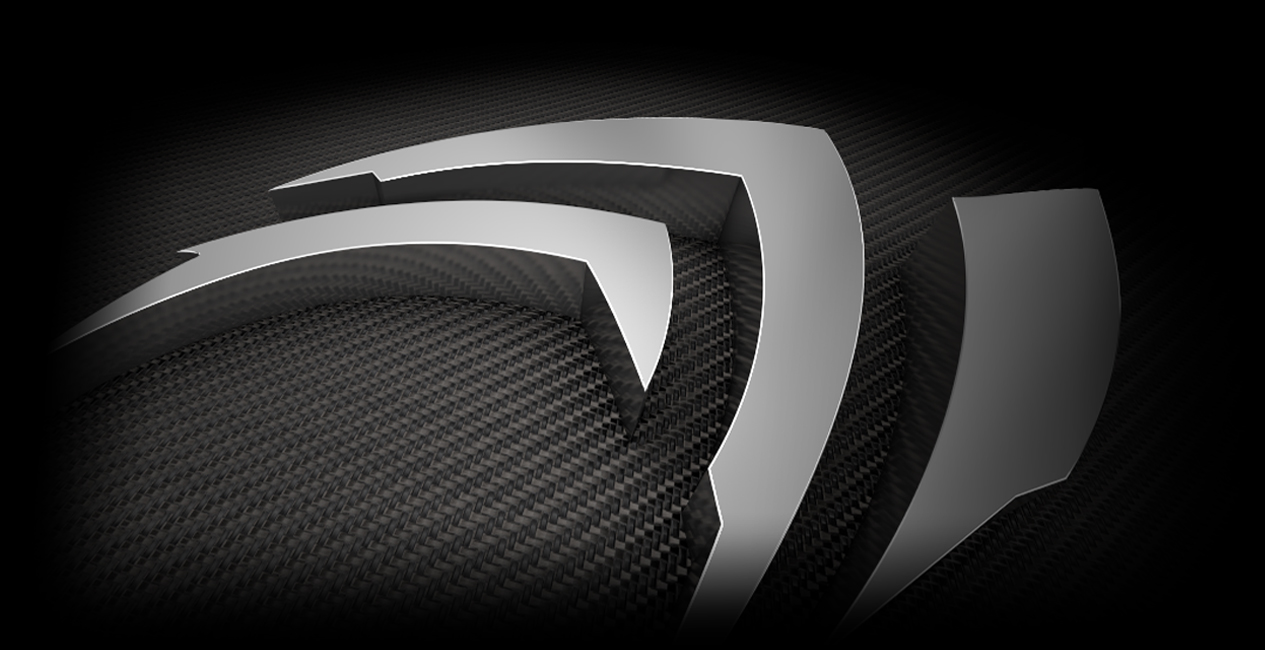 Nangang 4F M419
Nangang 4F M419  Nangang 4F L1032
Nangang 4F L1032  Nangang 4F L407
Nangang 4F L407  Nangang 4F M620
Nangang 4F M620  Nangang 4F N606
Nangang 4F N606  Nangang 4F L1026
Nangang 4F L1026  Nangang 4F L1018
Nangang 4F L1018  Nangang 6F 609
Nangang 6F 609  Nangang 4F L607
Nangang 4F L607  Nangang 4F L108
Nangang 4F L108  Nangang 4F M435
Nangang 4F M435  Hall1 D315
Hall1 D315  Nangang 4F M311a
Nangang 4F M311a  Nangang 4F N1030
Nangang 4F N1030  Hall1 D002
Hall1 D002  Nangang 4F L229a
Nangang 4F L229a  Hyatt hotel # 1145/1146
Hyatt hotel # 1145/1146  Nangang 4F L118
Nangang 4F L118  Nangang 1F I1510
Nangang 1F I1510  TICC T210C
TICC T210C  Nangang 4F M1009
Nangang 4F M1009  Nangang 4F L317a
Nangang 4F L317a  Nangang 4F L1017
Nangang 4F L1017
-
NVIDIA Keynotes Focuses on the Next Billion
Computer Users
The launch of Tegra 2 powered devices at the year’s start marked a shift in the tech landscape that will one day be seen as historic, said NVIDIA’s Mike Rayfield, at his Day Two keynote at Computex, in Taipei. And the pace of change will only quicken in the months ahead, as those devices are increasingly joined by further waves of super phones and tablets in wide ranging shapes and sizes.
 Bristling with multi-core processors, built to support hardware accelerate Adobe Flash web content, and favored by developers who are eyeing content for the rapidly growing Android market, these devices will dramatically increase the size of the market using computers.
Bristling with multi-core processors, built to support hardware accelerate Adobe Flash web content, and favored by developers who are eyeing content for the rapidly growing Android market, these devices will dramatically increase the size of the market using computers.“They’re going to be touching the next billion people who want to do computing,” Mike said. They’re more interested in consuming content – a.k.a. streaming video, surfing the net, listening to music – than creating content.
He argued that the industry should to focus on three objectives to allow this force to work its way through the system.
The first objective is to get developers the world over to create rich applications. Thankfully, not much

encouragement is needed here. It’s already happening on a daily basis, with great apps like the Zinio magazine reader, Netflix for streaming videos, Kindle for reading books, as well as other wildly popular services coming into the Android market place.
Second, OEMs should strive to continue introducing great industrial designs. They’re flying with a vengeance now, with tablets like the Asus Transformer – a tablet that snaps onto the back of a keyboard so it looks like a sleek laptop – and the much awaited super-thin, super-light Samsung Galaxy Tab 10.1, which should hit market in the very near term.
And third is, that the industry needs to maintain a rapid cadence with product and software developments. We’re already seeing that with the introduction of the new Honeycomb 3.1 operating system, which provides for 30 percent more graphics performance and full USB support for keyboards, cameras, game controllers and the like.
 NVIDIA is fully committed to this objective, and has set out a roadmap for future annual new generations of Tegra chips, starting this fall with Project Kal-El, a quad-core super chip that’s five-times faster but still more power efficient than Tegra 2 (the currently available dual-core silicon that powers the Samsung Galaxy Tab 10.1 tablet and LG’s T-Mobile G2x superphone).
NVIDIA is fully committed to this objective, and has set out a roadmap for future annual new generations of Tegra chips, starting this fall with Project Kal-El, a quad-core super chip that’s five-times faster but still more power efficient than Tegra 2 (the currently available dual-core silicon that powers the Samsung Galaxy Tab 10.1 tablet and LG’s T-Mobile G2x superphone).Mike noted that while this trend will obviously be a boon to those who succeed in the tablet and super phone business, it will benefit, in parallel, the more traditional computing market. Massive numbers of new consumers of content will demand more content than ever before. And that will continue to be made on higher-power notebooks and the like, he noted.




